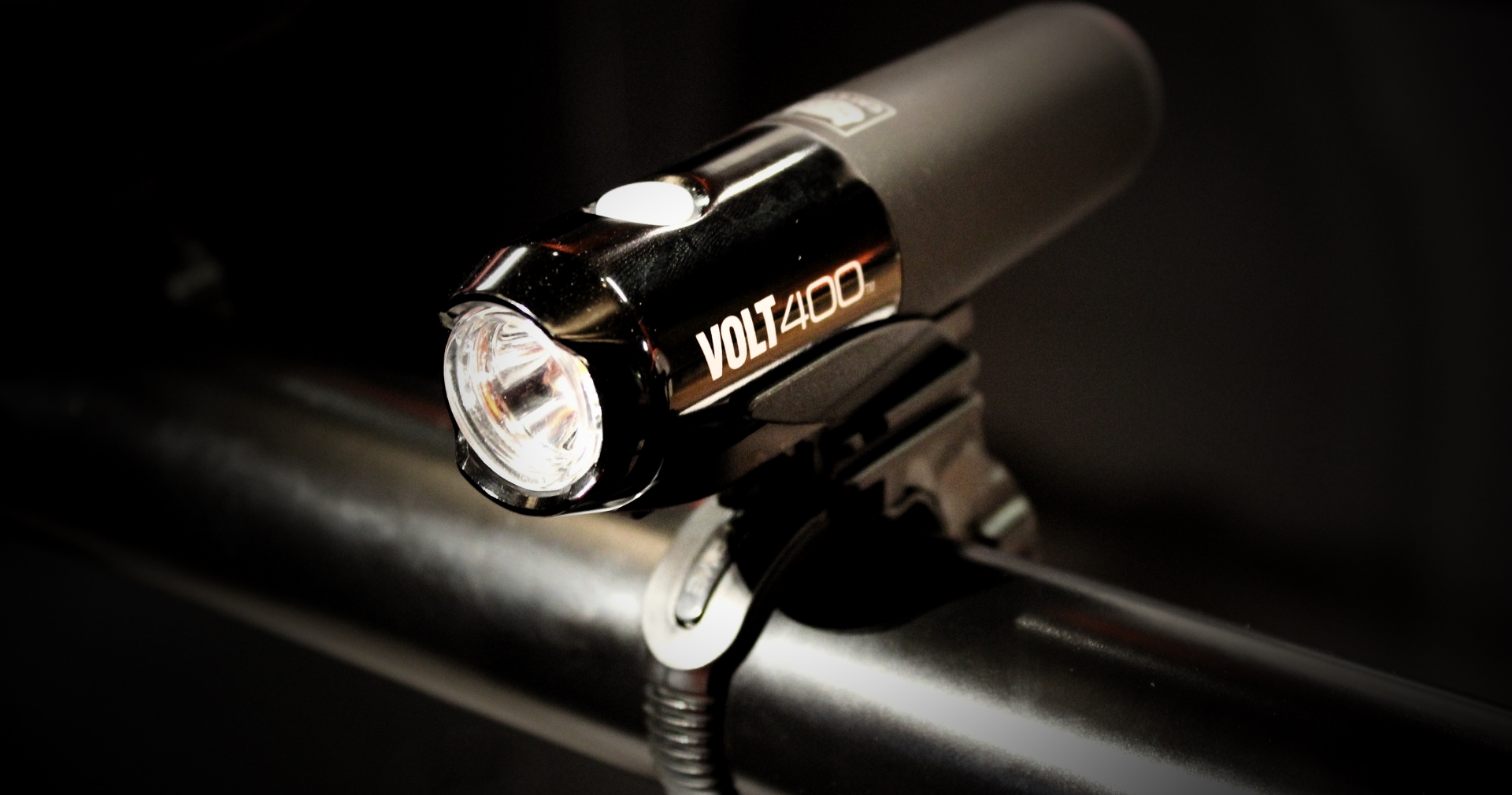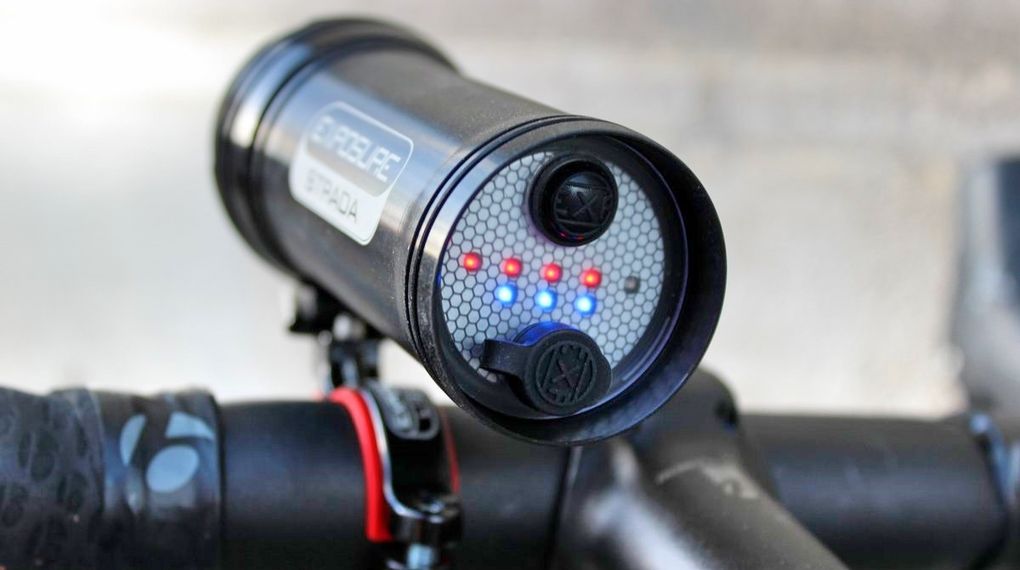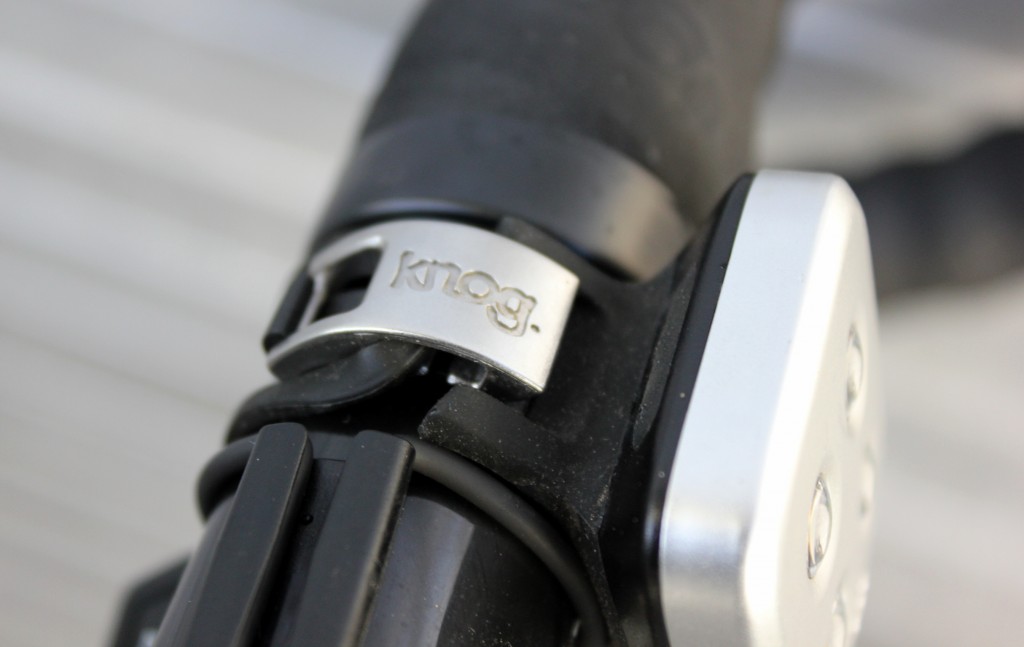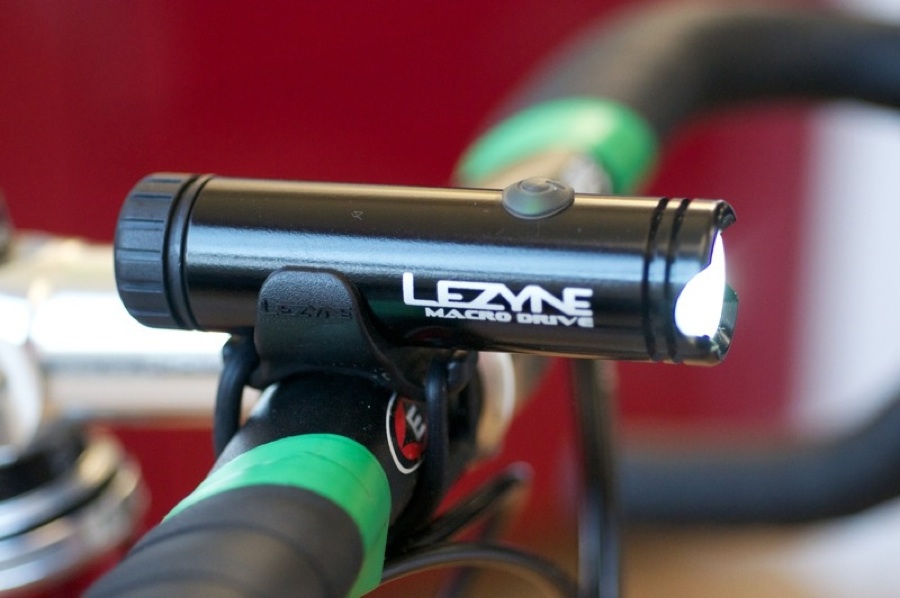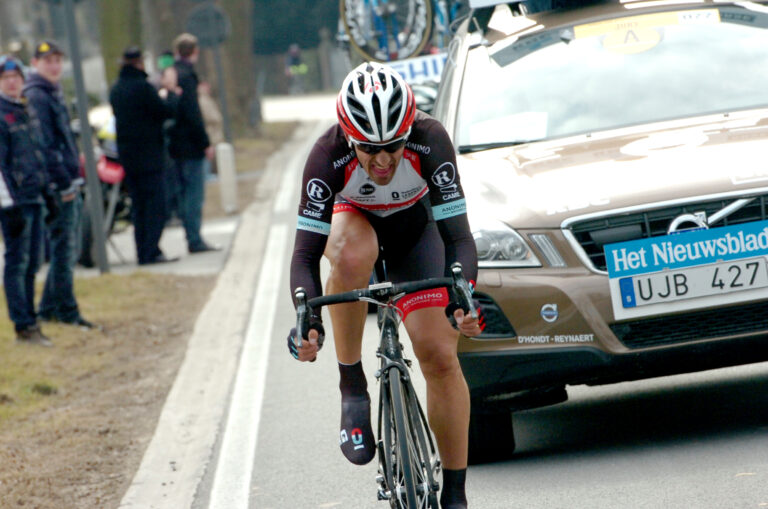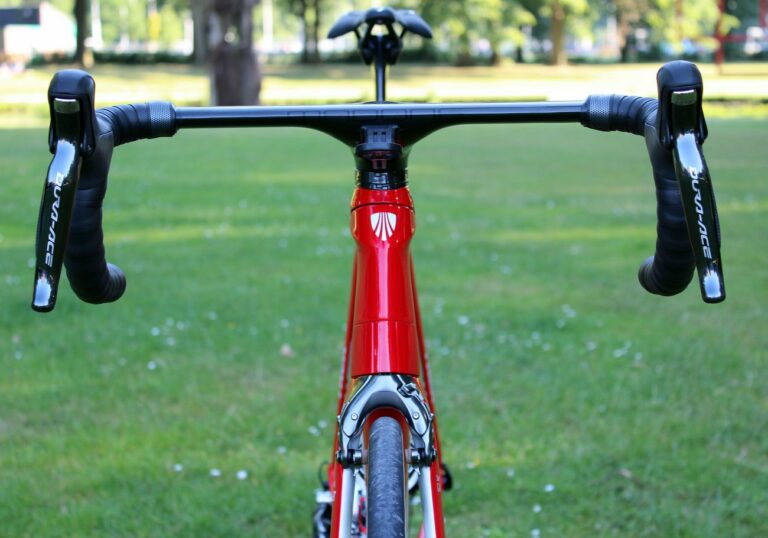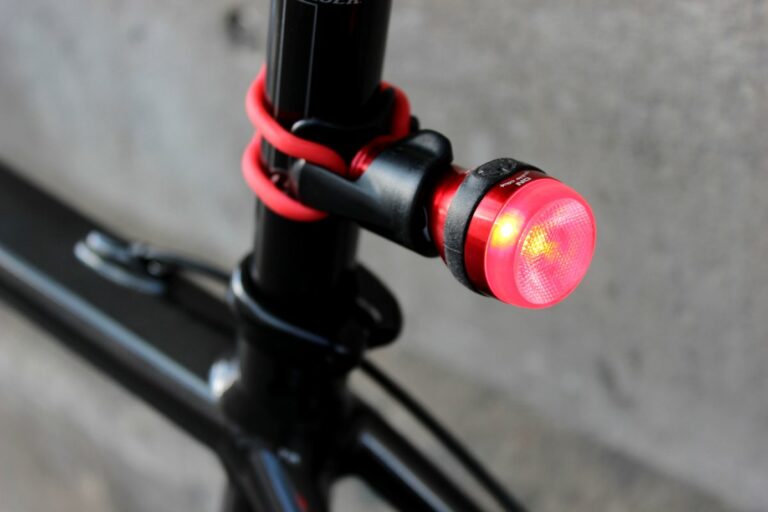Autumn is now in full flow, the clocks have gone back, the evenings are now quickly plunged into darkness and it’s essential to have lights on your bike.
Good lights are vital not only to ensure you stay safe out on the road, but also to ensure you get out in the first place. If you have any ambition of riding regularly through winter then you don’t want your equipment to let you down.
Loosely speaking, bike lights fall in two categories: those to be seen with, and those to see with. The former are for riding on well-lit roads, ideal for commuting, or even on rides which takes place during the day but in gloomy, overcast conditions.
The latter are more powerful and will light up the road in front of you, essential for extended training rides which begin early in the morning, or run into the night, and which will see you venture onto unlit roads.
LEDs – or light emitting diodes – have become the bulb of choice for bicycle lights over the past few years. In times gone by you had to choose between inexpensive halogen bulbs, high intensity discharge (HID) lamps and early LED systems.
Fortunately LED technology has advanced at a rapid pace and the decision is simple. LEDs are inexpensive, quick to power up to full beam, run cool and, most importantly, are very bright.
Generally speaking, the more you spend the brighter the light will be, but the features on offer, the quality of its housing and its ability to keep out winter’s wild weather will also be improved.
Here we will run through what to look out for when buying lights before running through some of the options available. You can also see RoadCyclingUK’s full archive of light reviews here.

